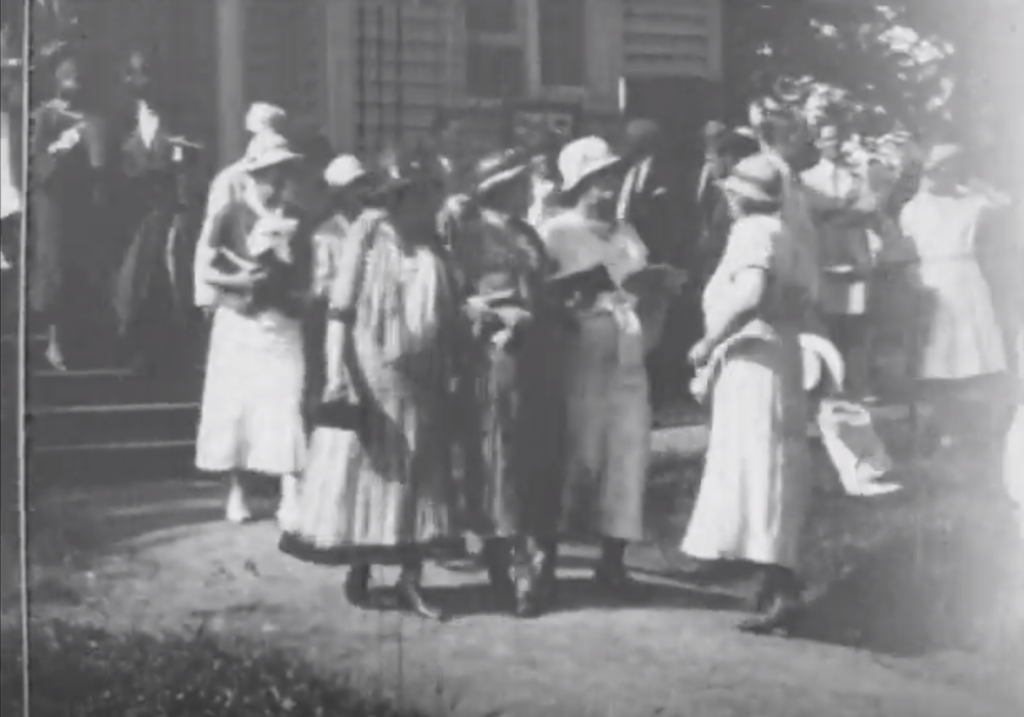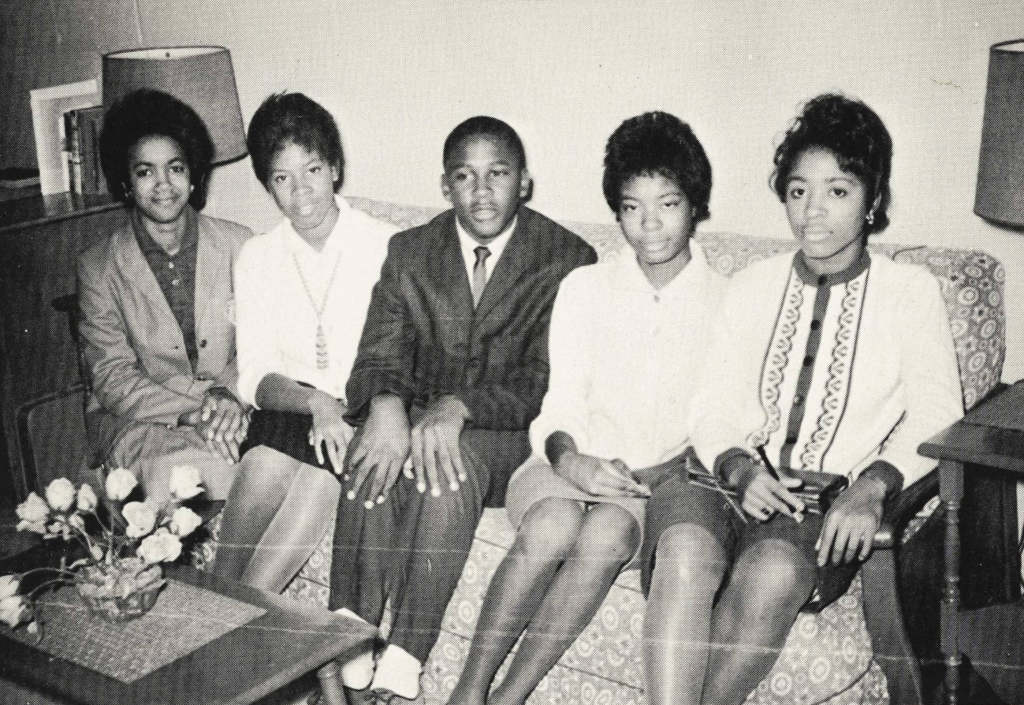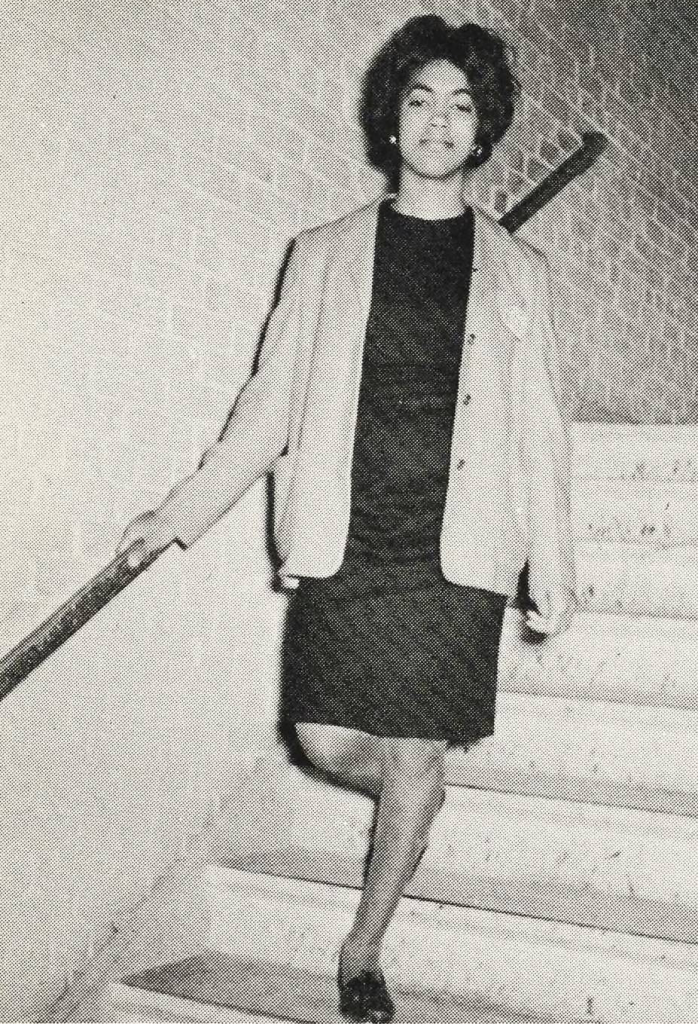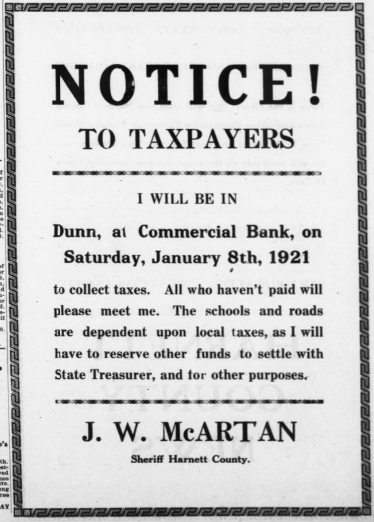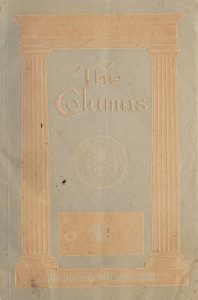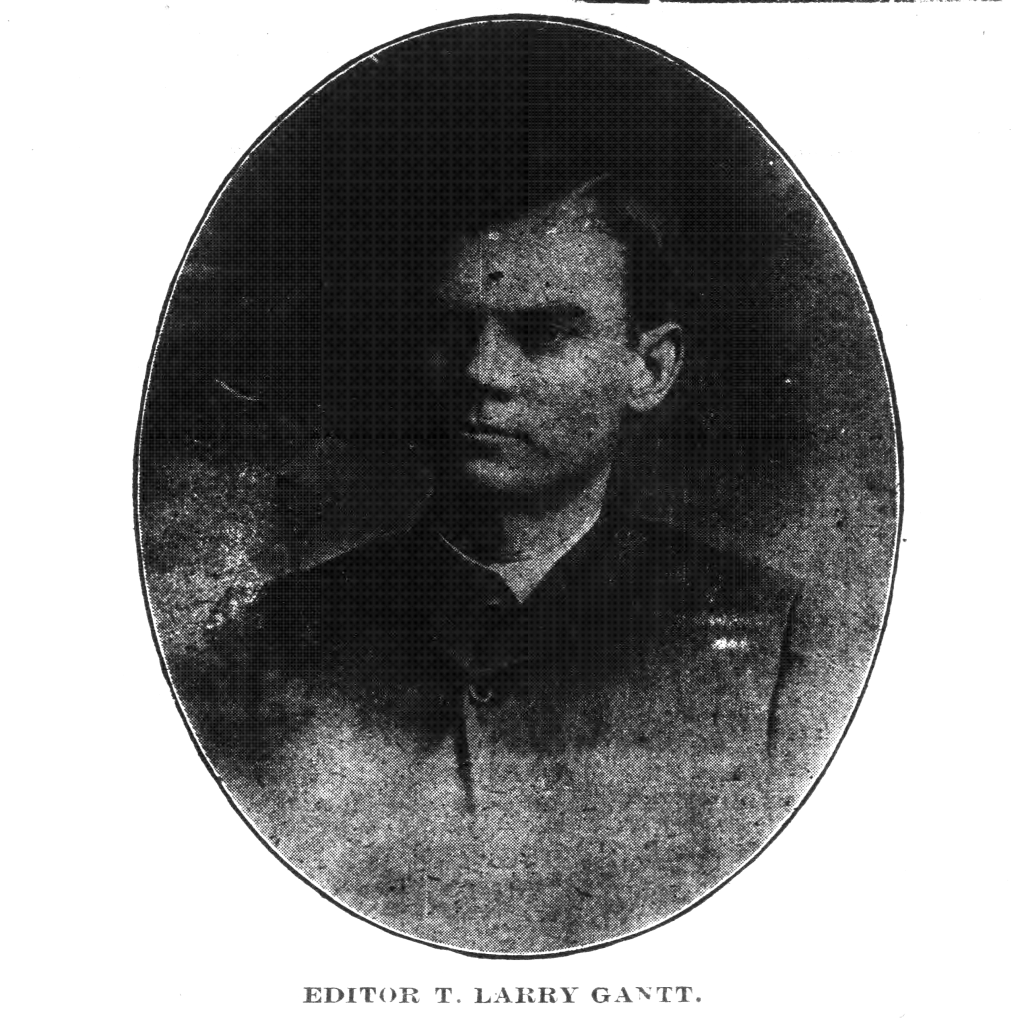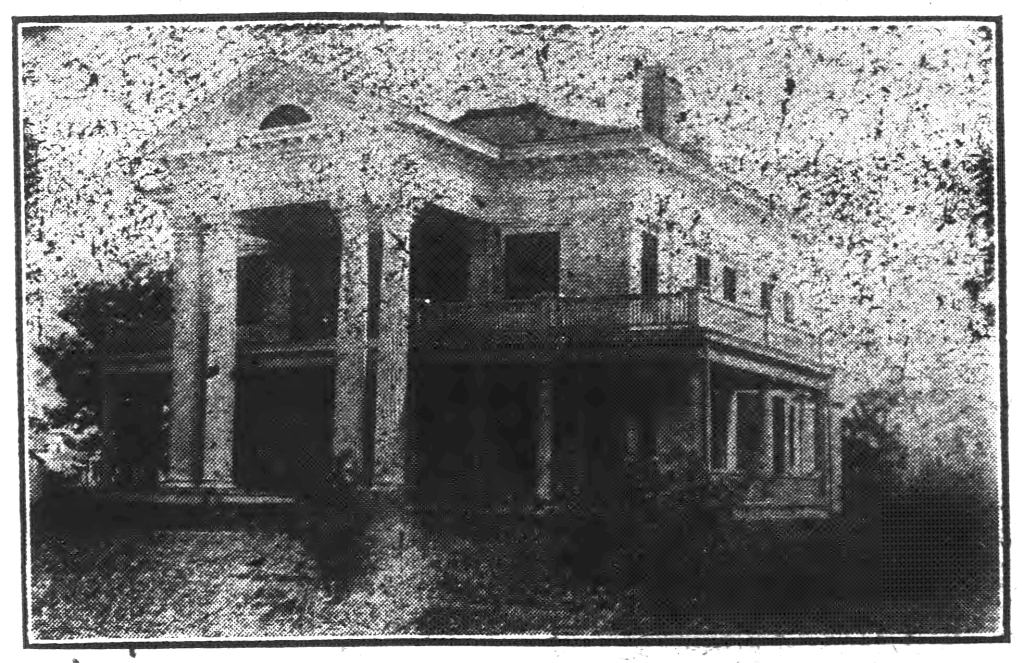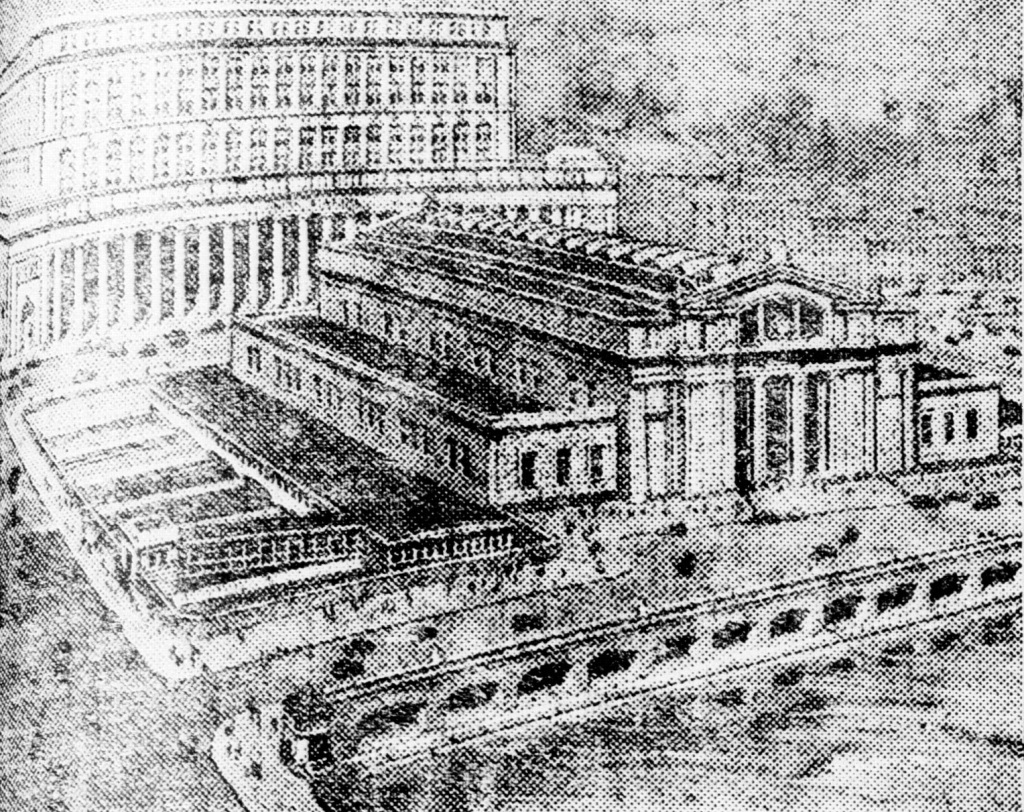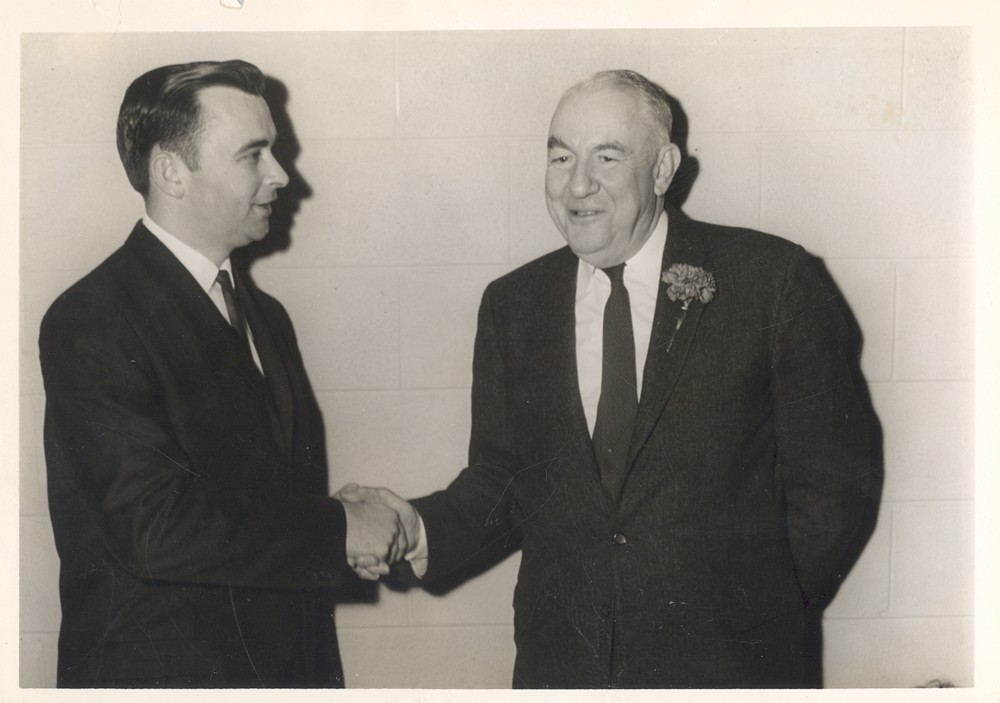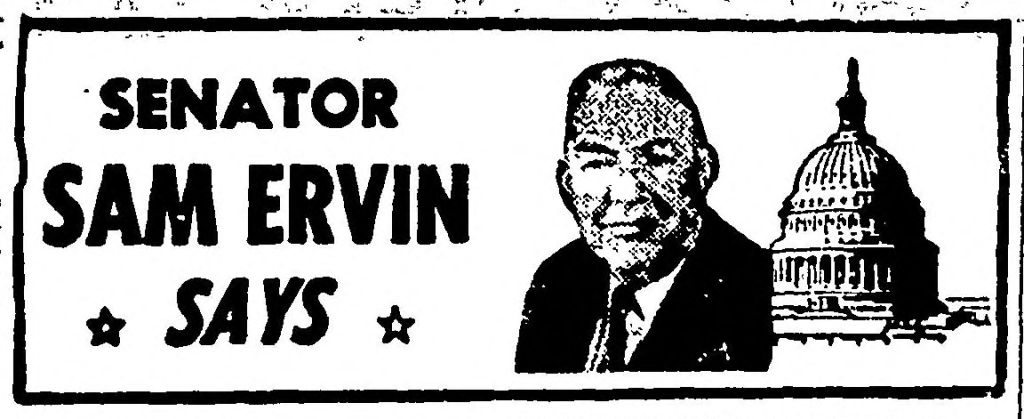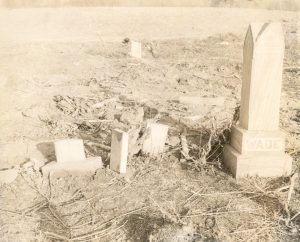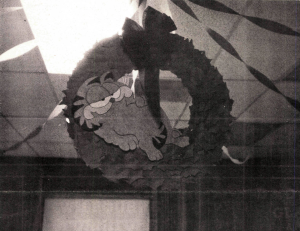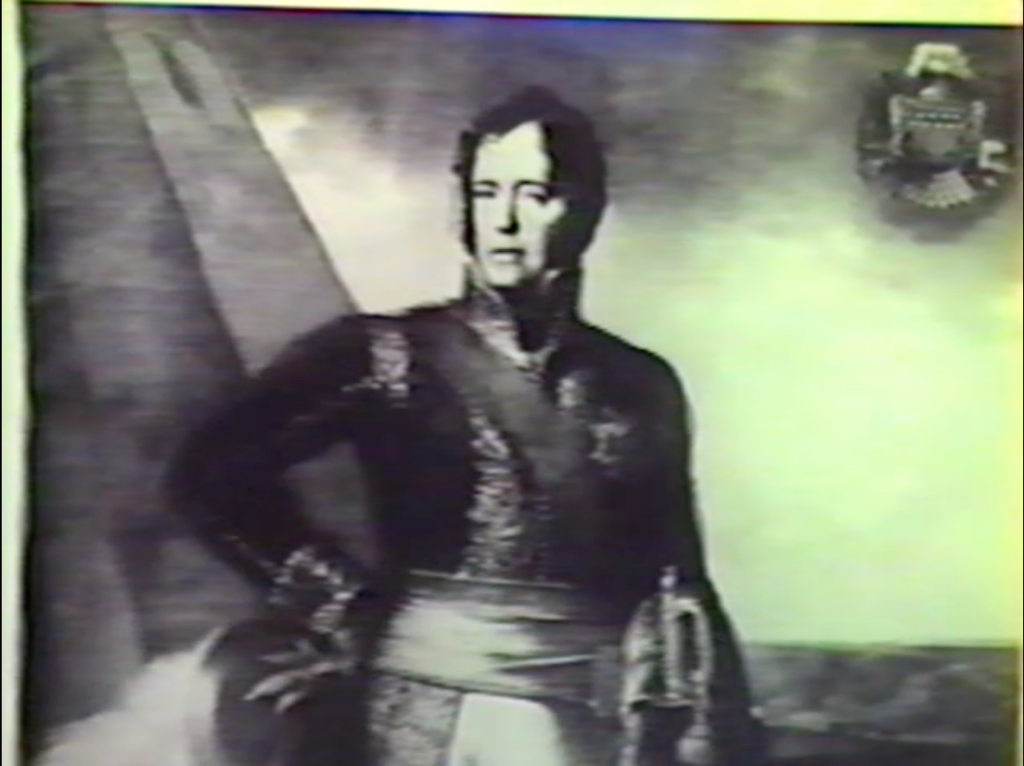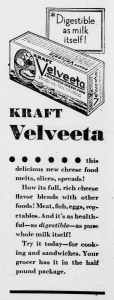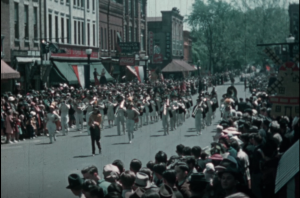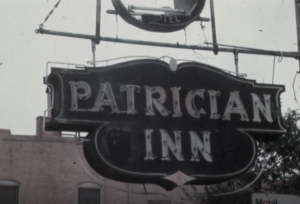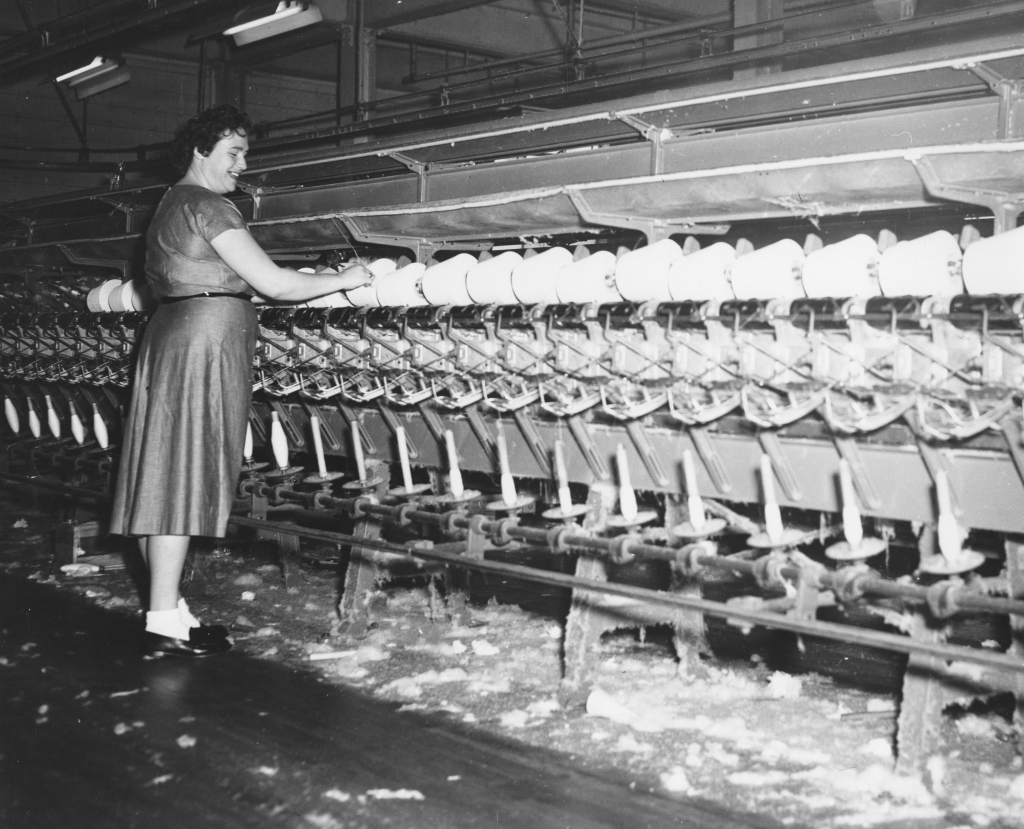
Some photos from the Chatham County Historical Association include scenes of the Odell cotton mill that was formerly on the Haw River in Chatham County. Purchased by J.M. Odell in 1886, the mill was once at the heart of Bynum, N.C., and some of the mill’s satellite structures are still standing. The photos from this batch show the river pouring over a dam, as well as some of the machinery that was used to spin the cotton.
According to our partner, these photographs were taken in the 1950s by Arthur Hill London III, grandson of Arthur Hill London Sr. (1974-1969), who was the secretary and treasurer of the Odell Manufacturing Company at the time.
These photos are only part of a batch from our partner, which also includes a set of yearbooks and an early home movie of the Siegrist family on a visit in Pittsboro around 1933. The movie shows some of the centennial celebration of the St. Bartholomew’s Episcopal Church, scenes of a cemetery, and some footage of people gathering at a family member’s home.
One yearbook in this batch is the 1940 edition of The Seniorogue yearbook from Siler City High School. It is the second-oldest edition in our digital collection so far (after the 1939 edition), and it has a surprising amount of information about each student along with their picture, including the names of their parents.
You can see the photographs, The Seniorogue and the home video here, and the rest of the yearbooks can be found here. To see more materials from the Chatham County Historical Association, you can visit their partner page and their website. You can browse all of our North Carolina high school yearbooks by school and date in our North Carolina Yearbooks collection.
